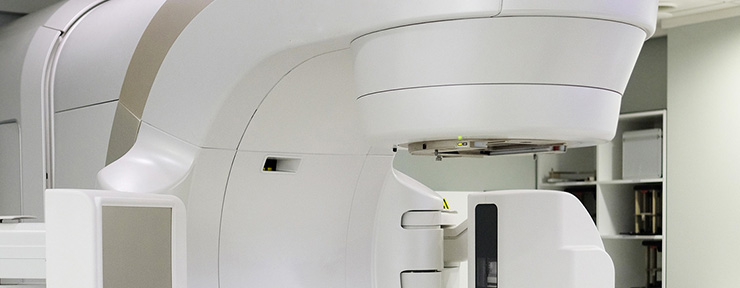| Authors | Marvaso, G., Vischioni, B., Jereczek-Fossa, B.A., Ciardo, D., Fossati, P., Giandini, T., Morlino, S., Carrara, M., Romanelli, P., Russi, E., Valvo, F., Valdagni, R., Orecchia, R. |
| AFFILIATIONS: | Department of Radiotherapy, IEO-European Institute of Oncology, Via Ripamonti 435, Milan, Italy;
Clinical Division, CNAO National Center for Oncological Hadrontherapy, Pavia, Italy; Medical Physics Unit, Fondazione IRCCS Istituto Nazionale dei Tumori, Milan, Italy; Division of Radiation Oncology, Fondazione IRCCS Istituto Nazionale Tumori, Milan, Italy; Radiotherapy Department, S. Croce & Carle Teaching Hospital, Cuneo, Italy; Department of Oncology and Hemato-oncology, University of Milan, Milan, Italy; Scientific Direction, European Institute of Oncology, Milan, Italy |
| ABSTRACT: | Hadrontherapy has been in constant progress in the past decades. Due to the increasing interest in this field and the spreading of the technique in Italy and worldwide, the Italian Society of Radiation Oncology surveyed (by an online survey) its members regarding their perception of hadrontherapy. The survey outline addressed different items all related to hadrontherapy, such as: demographics (3 items), personal knowledge (5 items), actual use in clinical practice (5 items), and future perspectives and development (5 items). The survey was filled in by 224 radiation oncologists (RO). Among them, 74.6 % were RO with more than 5 years of clinical practice, and only 10.4 % RO in training. Median age was 46 years (range 27–77). 32.24 % admitted average knowledge about heavy particles radiobiology rationale and 32.42 % about the ongoing particle therapy clinical trials. Radioresistant tumors are perceived as—principal indications for carbon ions in 39.3 % of responders, and pediatric malignancies for protons in 37 %. Re-irradiation is highly recommended for 52.2 %. Strikingly, 38.8 % of participating ROs reported that, in the daily clinical practice, approximately less than 1 out of 10 patients asks to be referred for hadrontherapy. On the other side, 35.7 % claimed need for at least 3 up to 5 particle therapy centers in Italy. Overall, the results of the present survey highlight the interest of the Italian RO community for particle therapy among the other radiotherapy technique. Analysis of our results might picture the clinical attitude of the RO community towards hadrontherapy in Italy, and help in promoting targeted initiatives to spread clinical results and knowledge about technical innovations in this field. © 2016 Italian Society of Medical Radiology |
| Radiol. Med.Article in Press | |
| DOI: 10.1007/s11547-016-0699-1 |
22 Gen 2017

